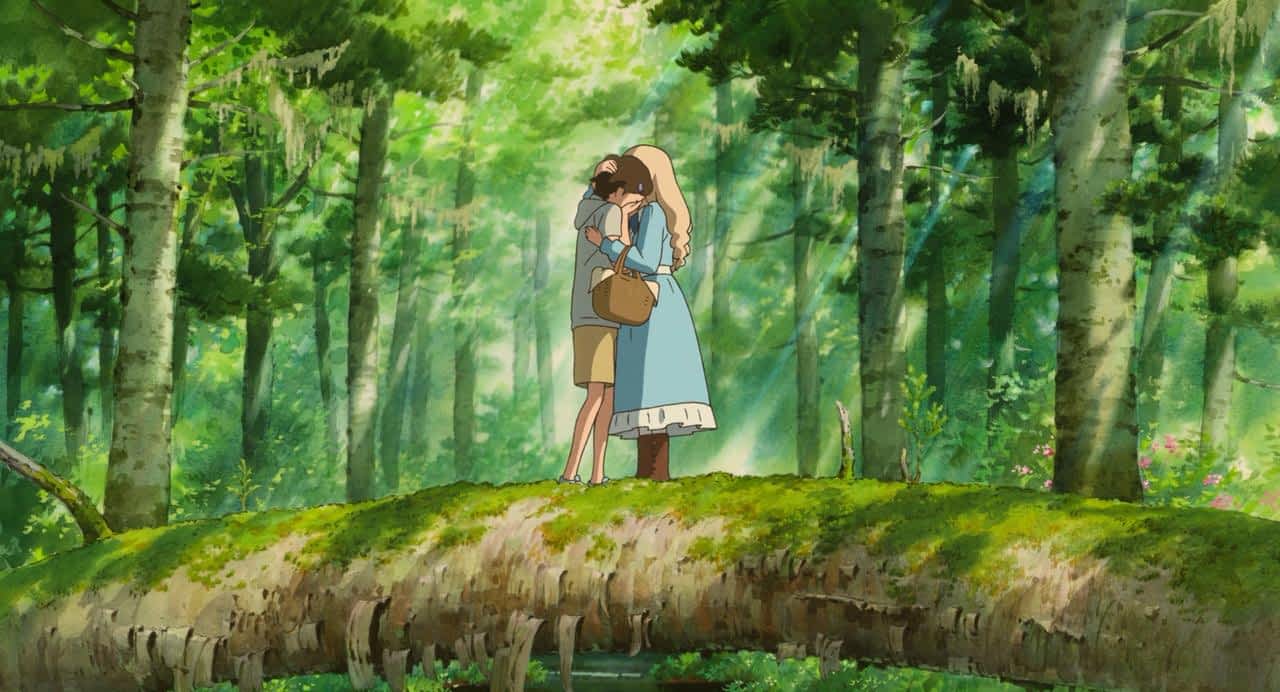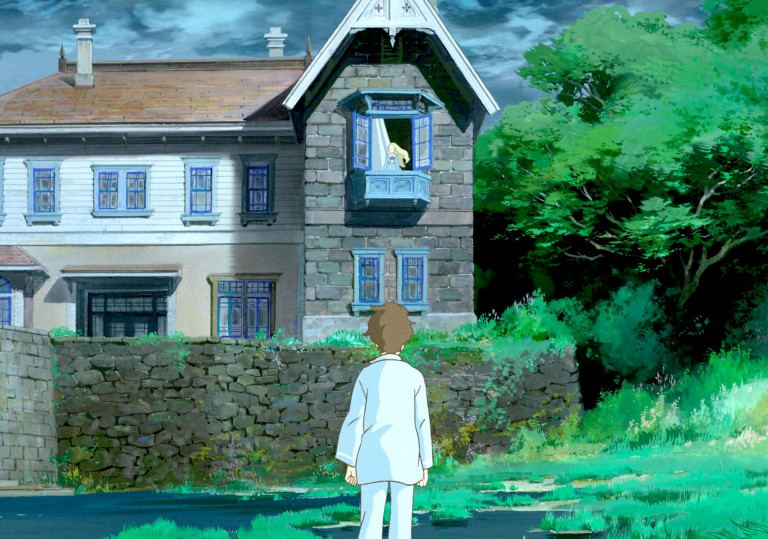

Marnie however isn’t like any other person she has come across before, chatting with her right away and ignoring, for example, the ‘ordinary face’ that Anna habitually uses to keep people away. For Anna, who has always avoided other children, it’s all a completely new experience – to be playing with someone else, to laugh over silly things together, to say thoughts out loud and express her feelings rather than keeping them buried deep inside. It is there that she meets Marnie, the girl that becomes her first friend. One summer, after having been ill for a few weeks, Anna is sent to a little village by the seaside in Norfolk, where she stays with the Peggs and spends her time roaming the beach and marshes. Anna is also disconnected from everyone else, including children her age, as she just doesn’t see herself belonging anywhere: “veryone else was ‘inside’ – inside some sort of invisible magic circle. Preston as ‘Mum’, but rarely even calls her ‘Auntie’, usually addressing her with no name at all.
#When marnie was there review full
The girl’s caretakers are now the Prestons, a nice enough couple, but Anna, full of hatred over the ‘abandonment’ by her biological family, keeps her distance from her foster parents. Her father disappeared long ago, her mother died in a car accident during the honeymoon with her second husband and Anna’s grandmother a few years thereafter, leaving her with deep emotional scars. She is, however, somewhat more unfortunate than Kiki, Shizuku, Chihiro & co – Anna is an orphan. When Marnie Was There is, in every sense, a very fitting story to be taken on by Studio Ghibli: its protagonist is, like nearly every Ghibli heroine, a young girl that has yet to find her way in the world. It appears on a list of 50 children’s books personally recommended by co-founder Miyazaki Hayao (see also here for the list in 日本語) in 2010, something that must have surely raised its profile and boosted sales in Japan even further – so fingers crossed that the Studio Ghibli film will have the same effect, also in the book’s native Great Britain.

My copy previously lived in the Cumbria County Library from 2003 onwards, where it lingered, and, if we are to go by the check-out slip on the first page, grew dusty on the shelves, long forgotten.Įlsewhere, its fate seems less dismal – at least Studio Ghibli’s interest in the story gives us a hint that Marnie still lives on in other parts of the world. The copies that are to be had now – at least in the original, English version – are mostly second-hand, as was the one I eventually purchased.

In 2002 Marnie resurfaced, briefly, as part of a Collins Modern Classics series, only to go out of print again. First published in 1967 to “great success” (283) and even featuring in BBC children’s programme Jackanory in the 1970s, a few decades on When Marnie Was There had all but disappeared, remaining a precious memory for people who had loved the book as children but could no longer find it anywhere. Robinson’s When Marnie Was There, with Yonebayashi Hiromasa directing, I quickly – after reading unequivocally raving reviews – searched for a copy. When Studio Ghibli announced earlier this month that its next project was to be an adaptation of Joan G. Elsewhere, you’ll still have to seek out second-hand copies of the book. Update: If you are UK-based, you can now purchase a Kindle version of When Marnie Was There on .uk. The book has apparently been translated into several languages, although I can only confirm that there is a Japanese version (「思い出のマーニー」) as well as a German one ( Damals mit Marnie). Other Editions and Translations: No other editions are currently in print in English. Edition: Collins Modern Classics (2002 edition, second-hand copy)


 0 kommentar(er)
0 kommentar(er)
